Vintage Tribal Kilim Runner 3' 1" x 12' (37" x 144")
Type:
Kilim RugsCollection:
Tribal Runners, ClearanceID:
K0070835Size:
Material:
The designs feature a rich array of symbols representing tribal culture and Anatolian motifs, often in the form of medallions, diamonds, and other geometric shapes.
The designs feature a rich array of symbols representing tribal culture and Anatolian motifs, often in the form of medallions, diamonds, and other geometric shapes. These kilim runners are ideal for hallways and narrow spaces, offering a touch of ethnic charm and artisanal quality to any interior.
Herki kilims not only serve as functional floor coverings but also as artistic expressions of tribal identity, making each rug a unique cultural artifact.
Design Elements
- Patterns: The vintage tribal kilim runner features intricate geometric shapes arranged in a repetitive pattern. The design includes octagons, diamonds, and interlocking motifs which create a sense of rhythm and harmony.
- Texture: The flatweave texture allows for a lightweight yet durable structure, serving both aesthetic and practical functions. This tactile element enhances the overall visual appeal.
- Border: The zigzag and diamond patterns along the borders delineate the edges of the rug and provide a frame, enhancing the central motifs while adding depth to the entire design.
- Tassels: The fringed ends of the kilim runner add a decorative touch and a hint of casual elegance, grounding the design and providing an organic finish to the piece.
Colors
- Warm Tones: A dominant palette including warm hues such as terracotta and creamy beige evokes coziness and warmth, suitable for various interior spaces.
- Contrast: Darker shades like charcoal juxtaposed against lighter colors enhance visual interest, creating a dynamic flow throughout the design.
- Natural Dyes: The use of natural dyes results in rich, earthy colors that age beautifully over time, emphasizing authenticity and cultural heritage.
- Color Symbolism: The combination of colors often reflects elements of nature and cultural significance, with warmer tones representing energy and passion, while neutrals signify stability and balance.
Main Motifs and Symbolism
- Diamond Motif: Represents fertility and abundance, symbolizing the family and the home. It is often seen as a protective sign.
- Octagon Shapes: Symbolize harmony and balance. They reflect the interconnectedness of life and the importance of community.
- Geometric Borders: Often represent the boundary between the spiritual and physical realms, signifying protection and the sacredness of space.
- Interlocking Patterns: These patterns often embody unity and the idea of interdependence within relationships and families.
Summary
The vintage tribal kilim runner is rich in design elements, characterized by its geometric patterns, intricate textures, and decorative fringes, all contributing to its unique aesthetic. The warm color palette, utilizing natural dyes, enhances its organic charm while symbolizing energy and stability. The main motifs encompass themes of fertility, harmony, community, and protection, reflecting deep cultural meaning and significant narratives embedded within the fabric of the rug.
- Ships in 1-4 business days
- Only one in stock, handmade, unique
- Free shipping via FedEx Express. Easy returns
- Contact us or add a note to your order if you want us to delay your shipping.
- Request more info if you want this rug shorter or narrower
Colors may appear slightly different across various monitors due to screen settings device differences, and external lighting conditions. If color accuracy is important for your space, we recommend viewing the rug on multiple devices or contacting us for a detailed color description. We can provide detailed photos and references using Sherwin-Williams, Benjamin Moore, Pantone, or even Crayola crayons.
You can also visualize most of our products in your own room with AR (augmented reality) on an iPhone or iPad.
Return Policy
Need a rug pad? We recommend RugPadUSA
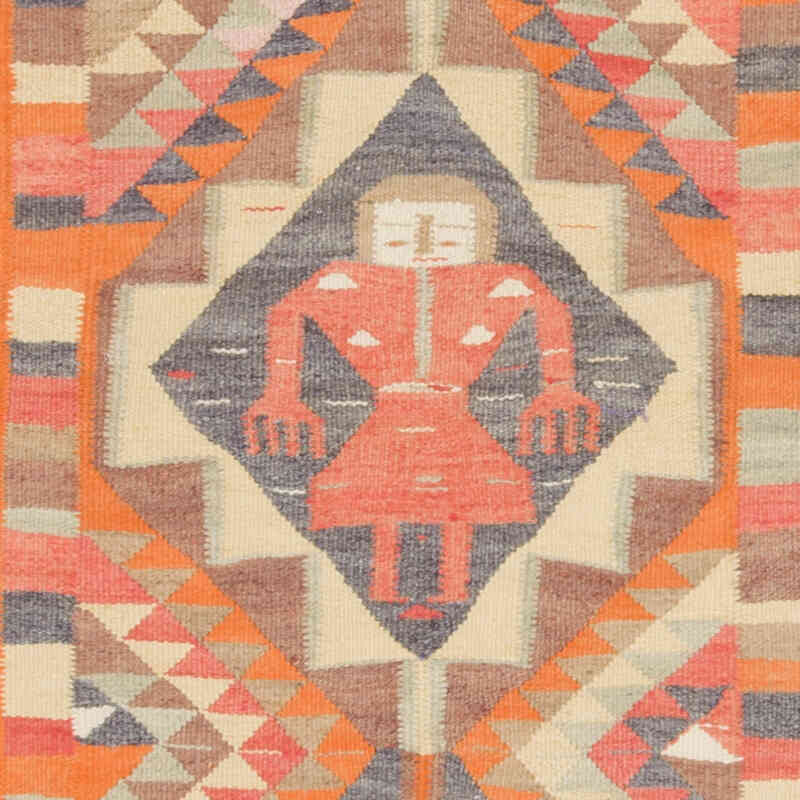
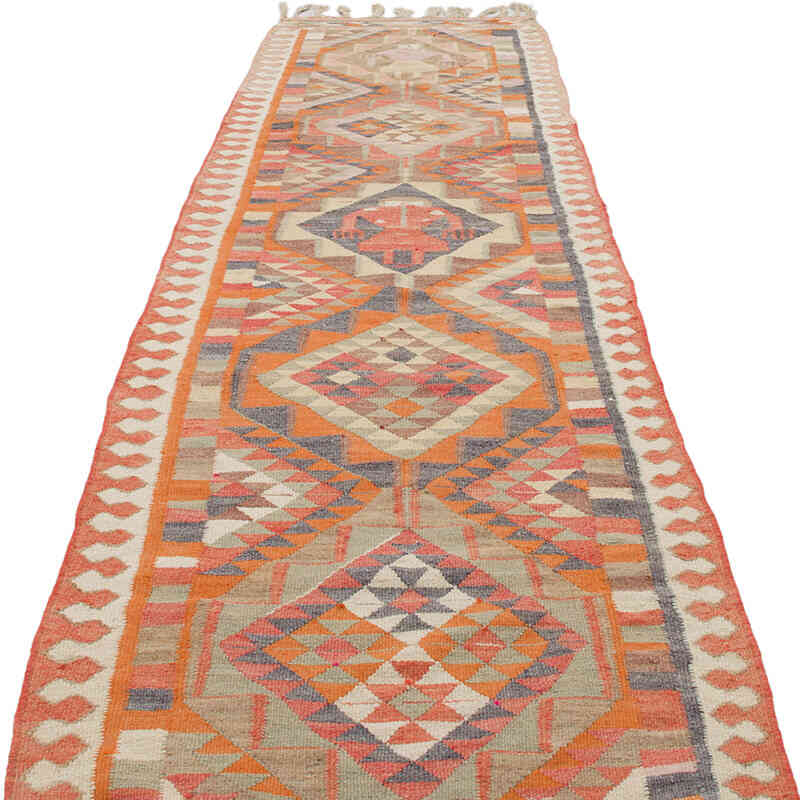
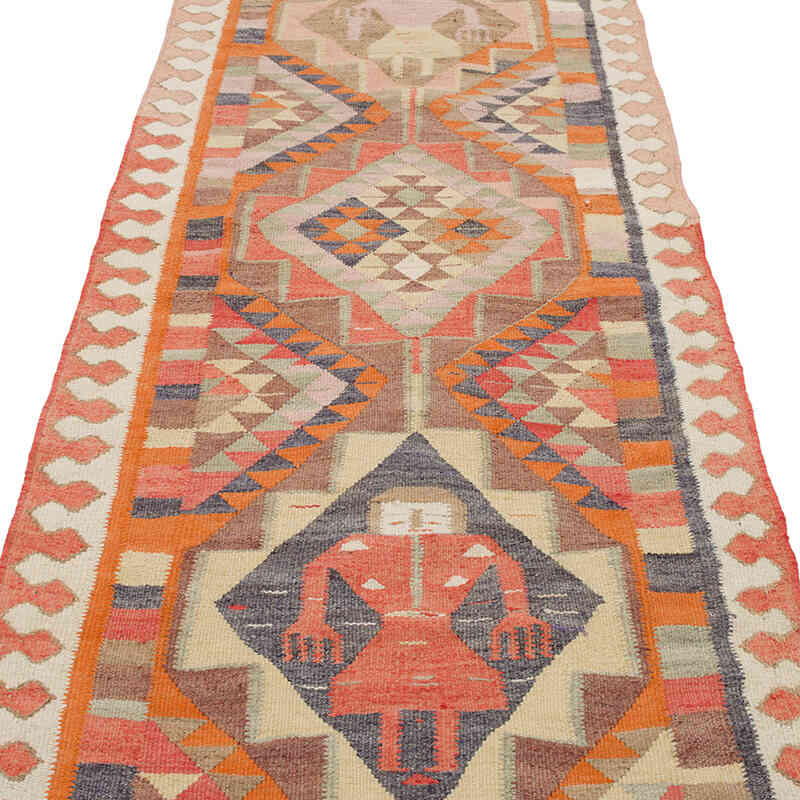
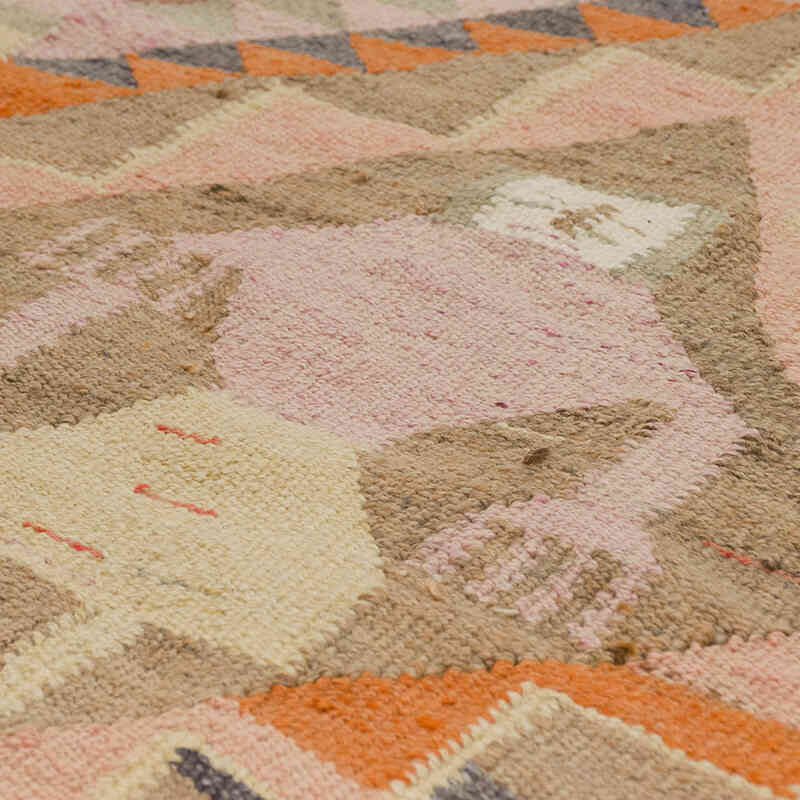
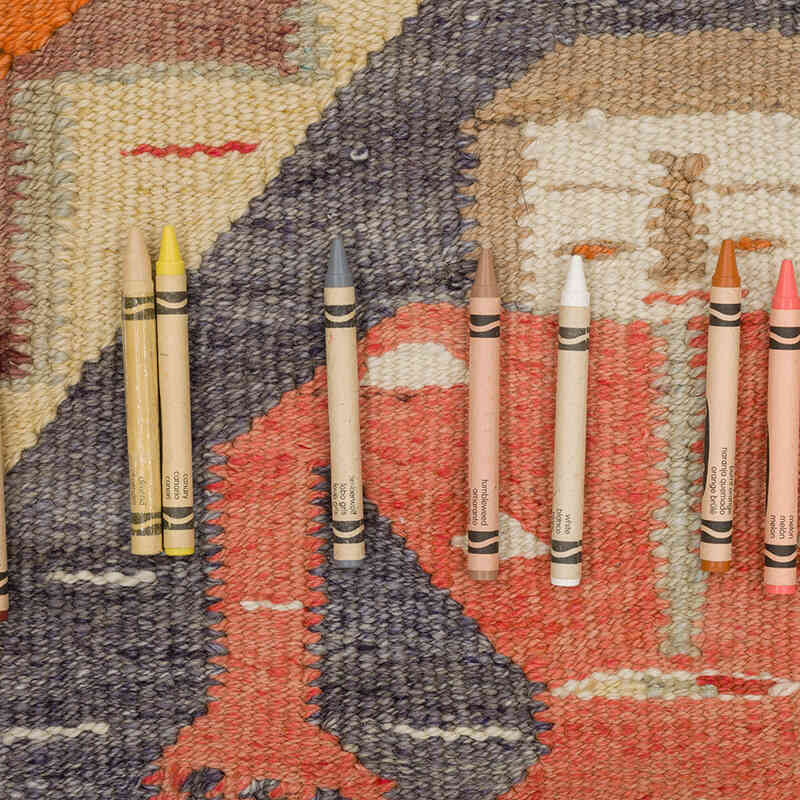
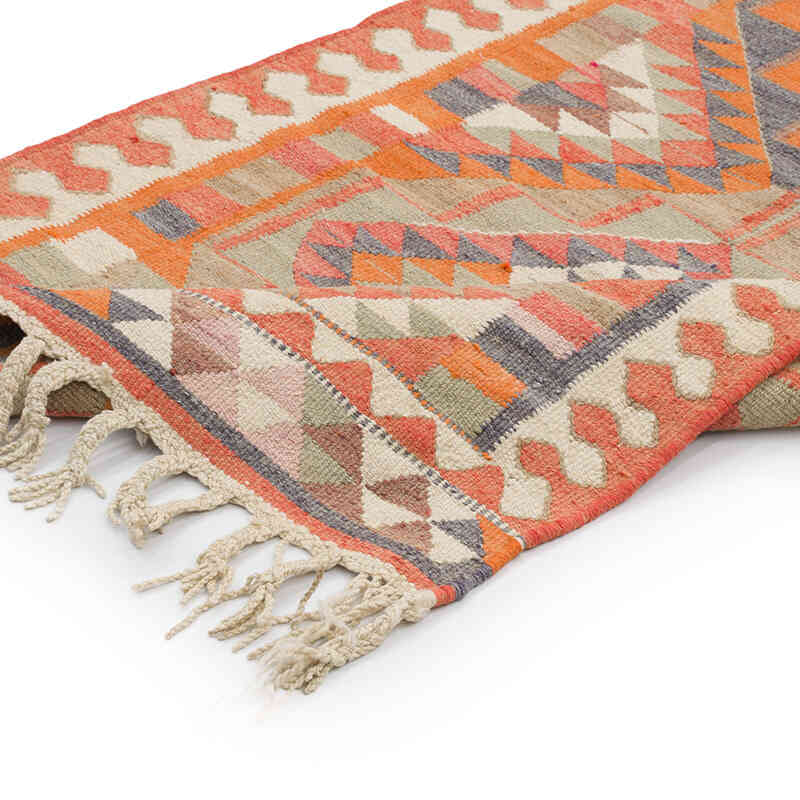
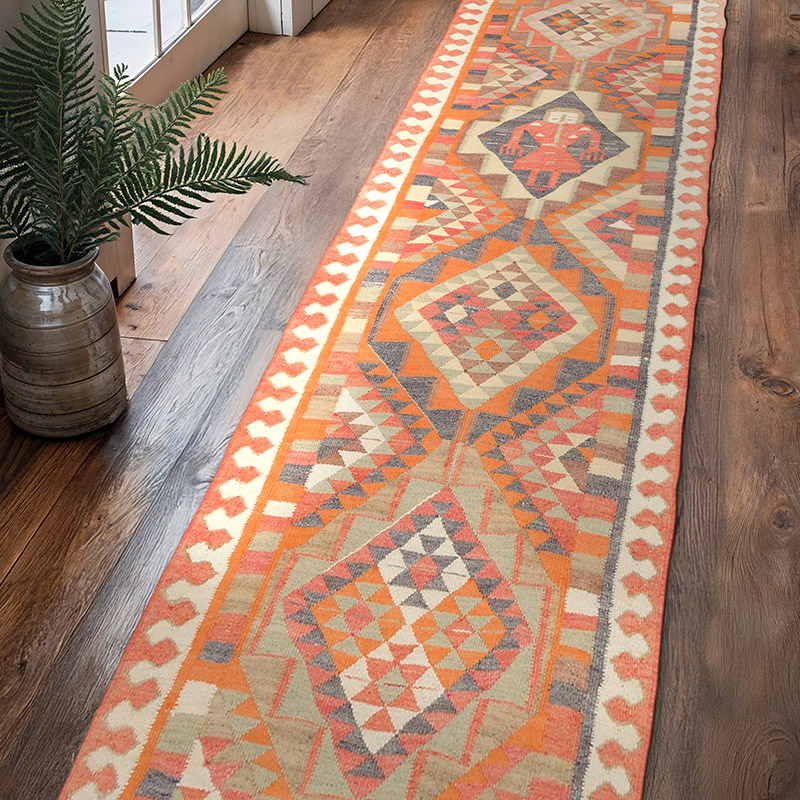
















Super easy to order